Native Advertising in 2020 - What to expect next?
Authored by Sandeep Balani, Head of India at Outbrain.
Unless you have been living under a rock you have probably already heard….. Native is Big and getting Bigger! According to the Huffington Post, by 2025 Native will have reach a tipping point and overtaken other forms of digital advertising as the prefered form by advertisers.
What is driving this growth in Native Advertising?
Native is at the intersection of massive shifts in consumer behaviour and technological improvements in the advertising industry. From a consumer perspective, users got fed up with interruptive ad formats that disrupted their online browsing - hence the rise of adblockers reaching close to 40% around the global on desktop. Another seismic change in consumer behavior is the shift to mobile content consumption. There’s simply no place on a mobile screen for a banner. Furthermore, we are Generation X i.e the generation that can’t wait to press X and get on with what I actually want to watch.
And finally, the shift in the way we consume content on mobile fundamentally changed with the adoption of the feed experience. Consumers expect and prefer the feed format first developed by search and social platforms. At Outbrain We are a mobile-first company, over 50% of our revenues, PVs and clicks are on mobile. And we are now becoming a feed first company. While Facebook is the feed of their closed garden, we are the feed of the open web.
We believe that Native is definitely the future of digital advertising, and industry experts tend to agree. Native ad spending is expected to grow exponentially over the coming years.
And last but certainly not least there is TRUST - The most important currency of our industry!
This summer we conducted a consumer research study with Dutch research agency Lumen – where we survey 900 consumers regarding their perceptions of ad formats. The results were very clear. Ads shown on premium news sites are much more likely to be trusted (+44%), clicked on (+21%) and lead to future purchases (+24%) than ads shown on social media platforms. What differentiates Native partners such as Outbrain in an important way from search and social platforms is our close and trusted partnership with the leading publishers of the world.
So what’s next for Native? Here are our 3 big predictions :
1. Programmatic Native
90% of the display is brought programmatically and Native will follow suit.
Advertisers want to scale and with the right tools and the right bidding strategy, Programmatic combined with the effectiveness of Native can drive results at scale for advertisers. Programmatic Native offers advertisers consolidation & scale. Nowadays, Native is accessible via all major DSPs, giving marketers the opportunity to combine media buying across all advertising formats through their preferred platform.
As a side note, Outbrain’s entire portfolio of unique quality native inventory is accessible through any DSPs
2. Native Video
Video marketing is no different than any other form of digital marketing in the sense that it’s incredibly susceptible to shifting consumer behaviour. We all know how it feels when you want to watch a video and it is either interrupted or delayed by an ad. That ad is not creating any meaningly full engagement. Ultimately video advertising will also need to become Native, i.e non-intrusive and chosen by the end-user.
3. Native Audio
The rise of audio content consumption also opens up new interesting ways for publishers to engage with their customers during their day.
We have definitely seen a rise in publisher owned podcasts amongst our partners and as a result, we most recently launched podcard. Our Smartfeed technology allows us to create new experiences as they emerge, like Podcasts. Publishers can drive readers to their podcasts through an RSS feed. Readers can listen from within the feed or go directly to the podcast page.
Next, we will see brands moving into this space too. “For the first time, marketers will have no choice but to consider the audio characteristics of their brands.” according to The Ogilvy Consulting Trends for 2019
A good example of this is the brand Sephora who recently launched a lipstick line under the Sephora Collection brand, called #Lipstories, it launched a multi-channel campaign to promote the line, which Sephora calls "lipstick for real life." One arm of that campaign is a new branded podcast of the same name. And there's some savvy branding going on here; #LIPSTORIES the podcast tells real "stories from everyday lives" of "influential female founders, creators and thought leaders.
But the biggest trend for 2020 will have to be about the whole industry coming together to build a better ecosystem. Today we must invest in creating value on the open web that works for everyone. Users want to discover relevant, trusted, high-quality content presented in engaging formats. Marketers are looking for scalable ways to engage their audiences and channels they can invest in to drive return on their advertising budgets. And publishers need to find business models to fund quality journalism alongside ways to reach and develop ongoing relationships with audiences
Simplify put Publishers, Audiences & Marketers coming together to create an ecosystem that drives mutual value in the open web.
Also Read:
Vertoz Launches Native Advertising Solutions for Regional Advertising
Native advertising trends that marketers cannot ignore: Neena Dasgupta




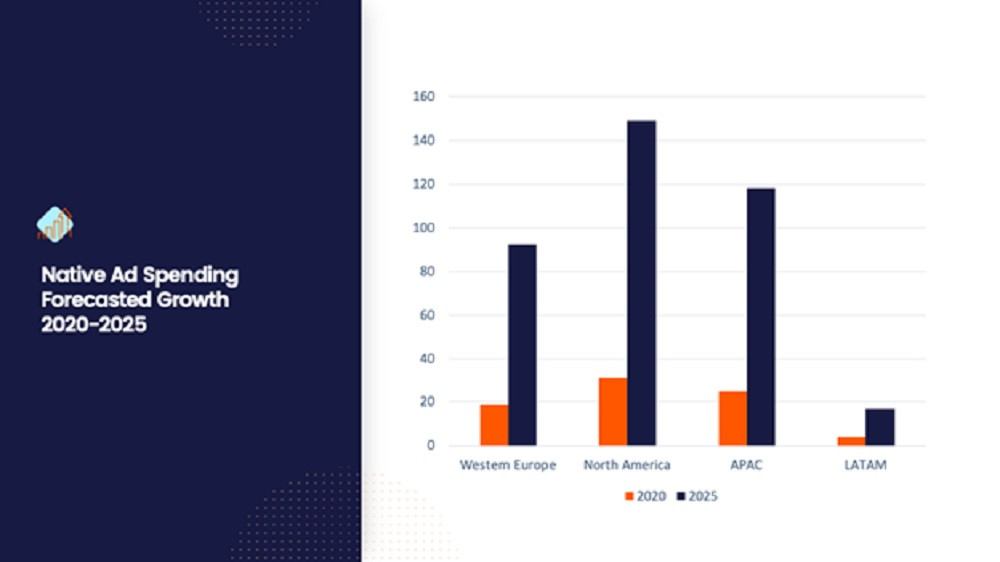



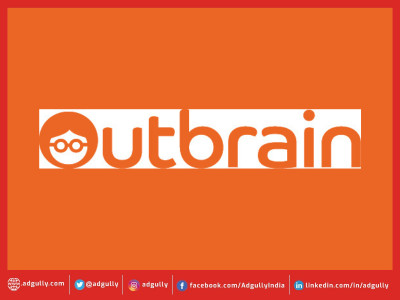

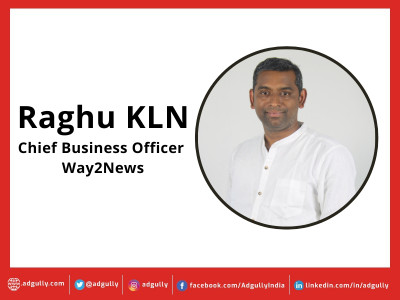
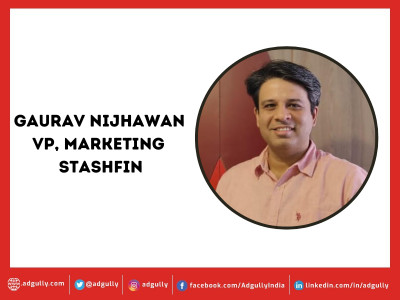

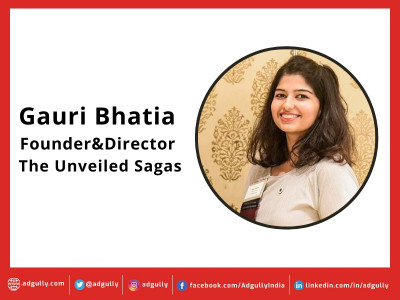
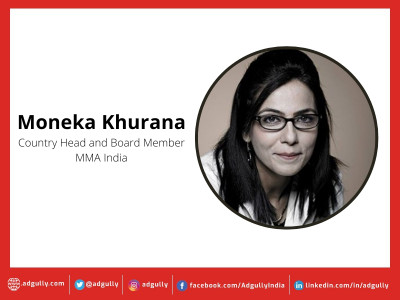

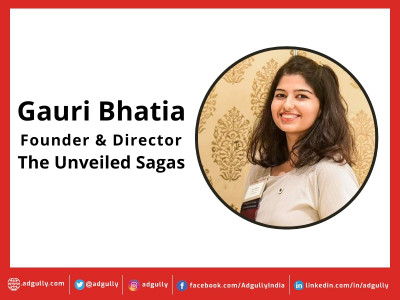
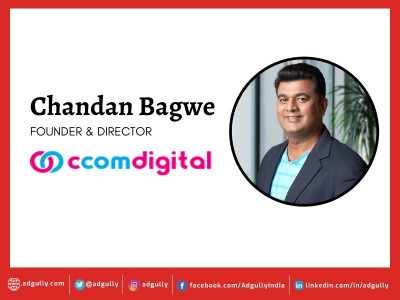


Share
Facebook
YouTube
Tweet
Twitter
LinkedIn